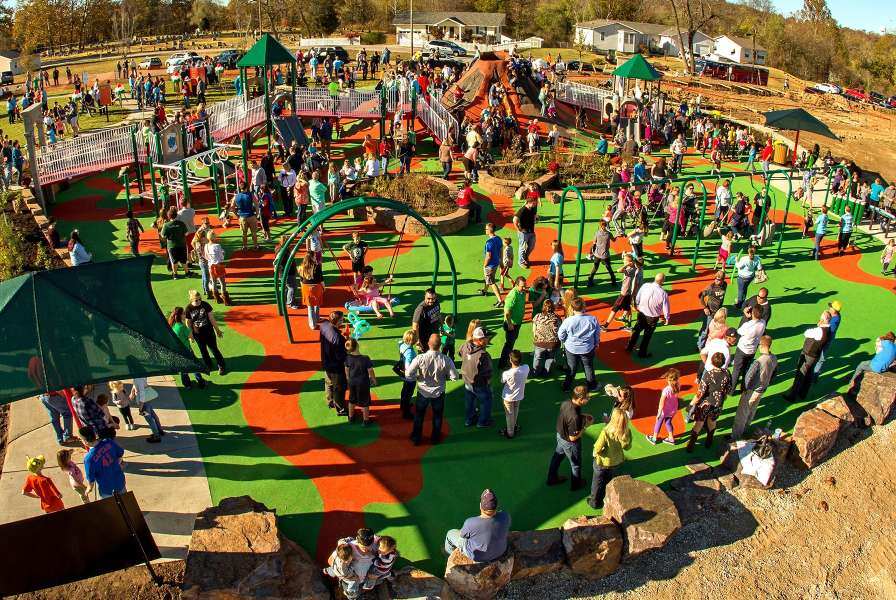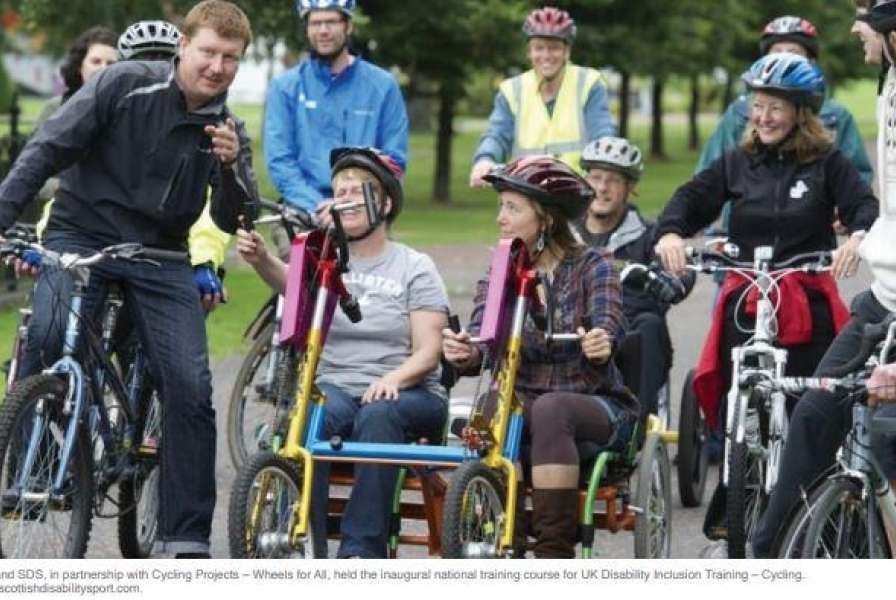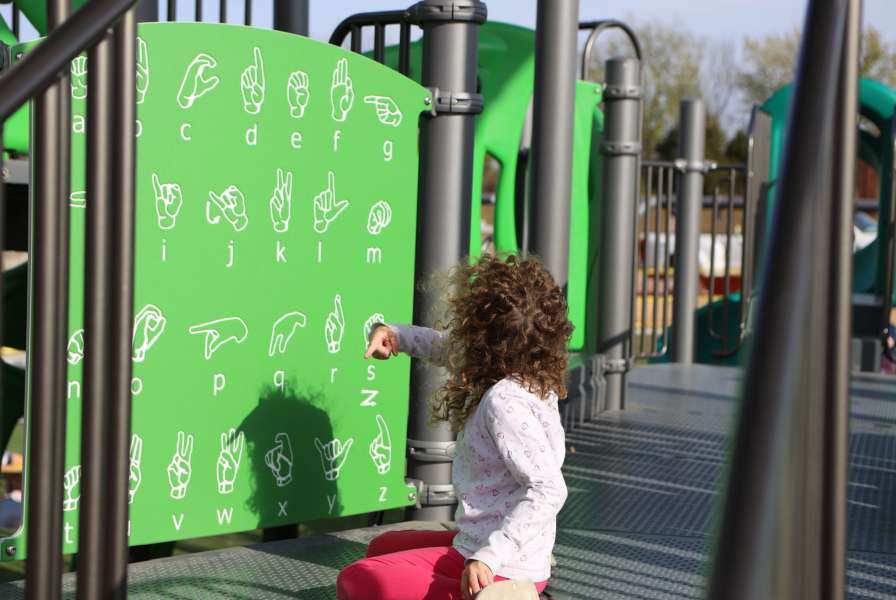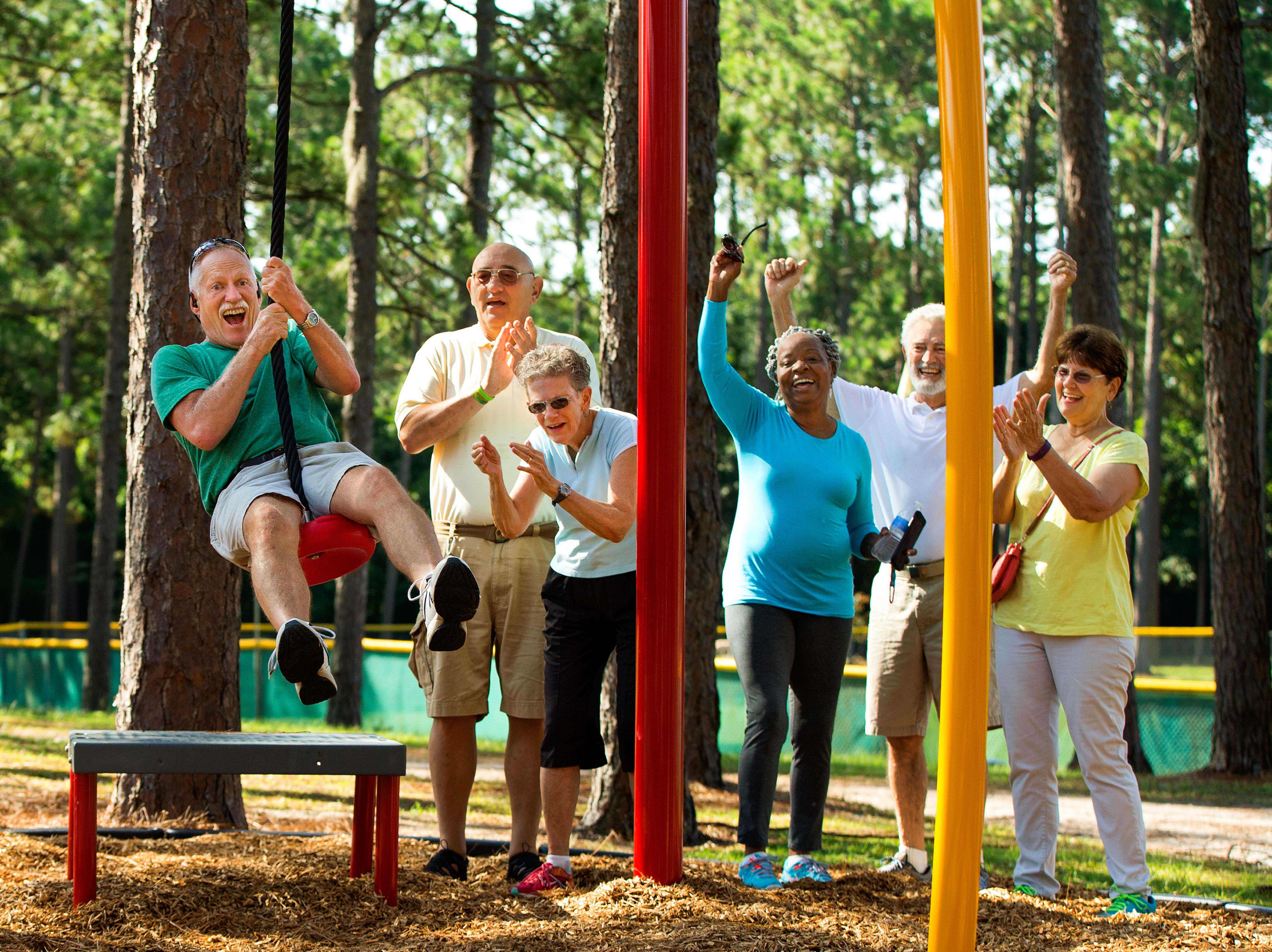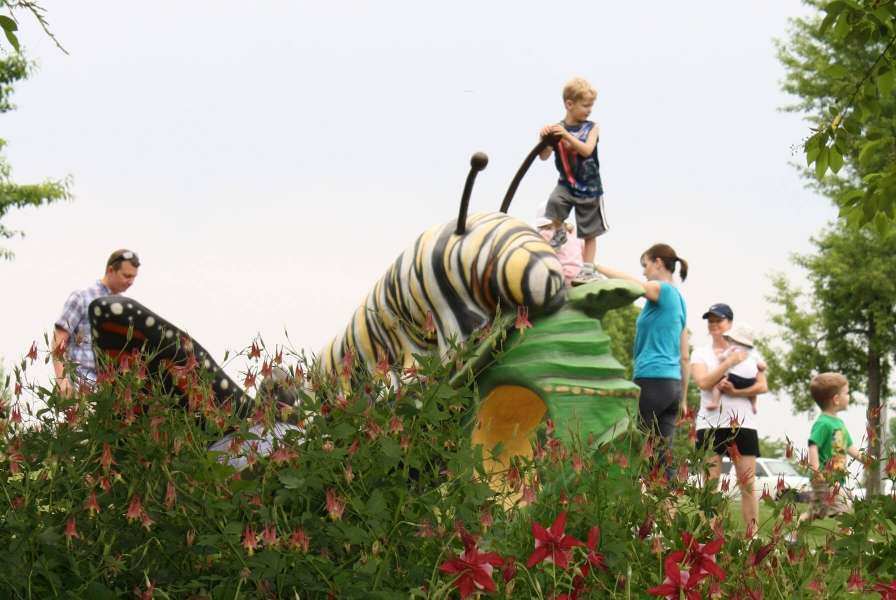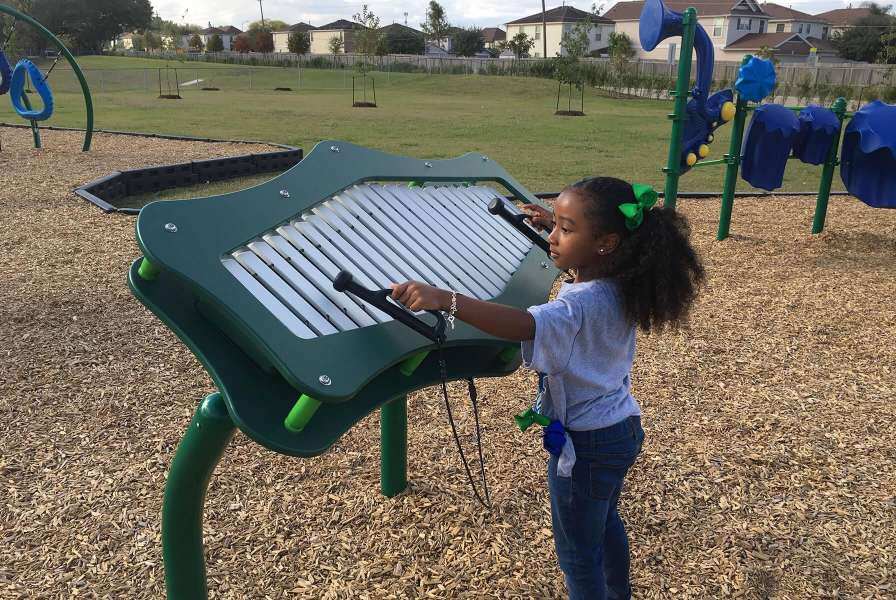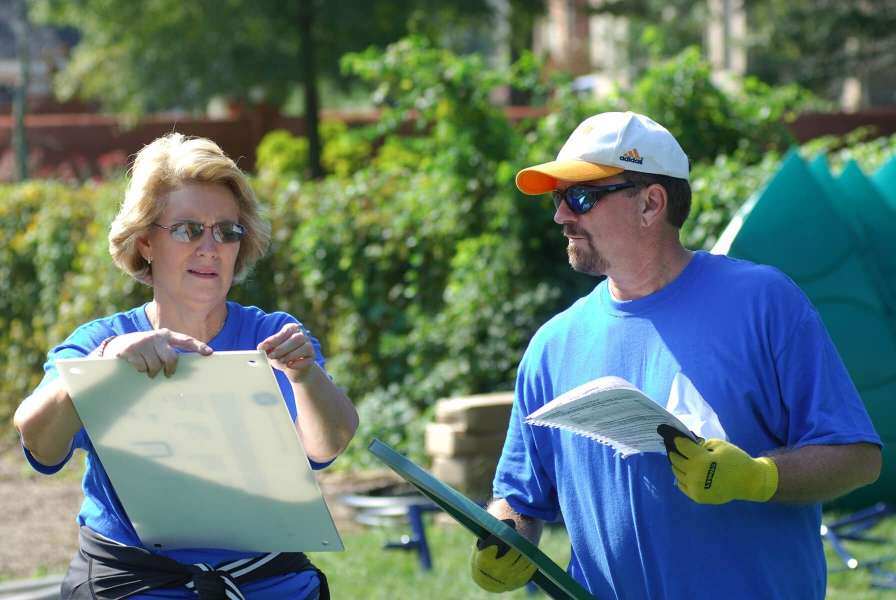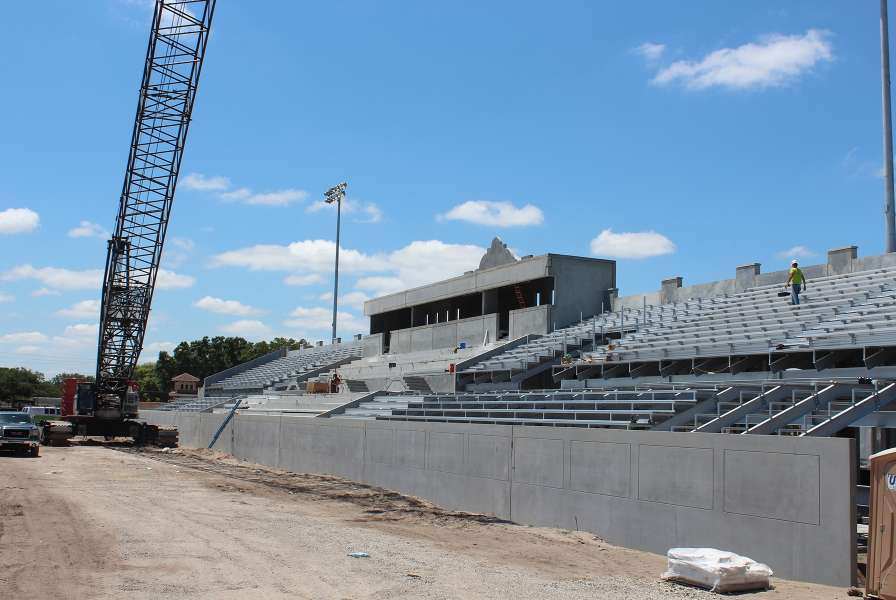A playground supervisor must be familiar with the play environment as well as the playground equipment. Here are some activities to engage your designated playground supervisors to encourage safer and more active free play for the children.
Group Activity #1
Playground supervisors should go outside to become familiar with the playground equipment and draw a map of the play environment. Note the following areas on your map: All activity areas, Main points of interest
Evaluate the playground environment, establishing the following guidelines: Where your sight lines should be, the number of supervisors, where each supervisor should move and focus his or her attention
Group Activity #2
Playground supervisors should go outside to become familiar with the playground equipment and draw a map of the play environment. Note the following areas on your map.
- Explore abilities that might influence how and/or whether particular age groups should use varying play components. Note components or areas that are “off limits” to certain age groups.
- Discuss ways to promote inclusion and promote active engagement among children with and without disabilities. Often, children can participate in the same activities even if they participate in a different way.
- Identify equitable play activities for children of all abilities.
Group Activity #3
As a group, go outside to the play area and perform a pre-play site inspection. Be sure to check all areas mentioned in this section: weather; foreign materials; surfaces; broken, missing, or damaged parts; missing or loose hardware; movement; and swings.
Group Activity #4
Work with the school or agency administration and staff to develop and finalize rules that can be used by the supervisors to promote positive playground behavior.
Part I: Develop Supervisors’ Playground Rules
- Using the playground map (created in Group Activity #1) as a reference, list the types of activities that are intended to occur in each area of the play environment.
- Create a list of playground equipment components and the potential unacceptable behaviors that could occur on or around them. (Ex. walking on top of horizontal ladders, jumping off elevated platforms, swinging upside down, etc.) Tip: Consider users’ ages and abilities when determining rules.
- Consider other factors such as items brought into the play environment that may require additional rules and/ or monitoring to ensure safer play.
- Make a list of acceptable and unacceptable play behaviors for each play area and each component of playground equipment. Discuss questions of play equity, fairness, and inclusion to be sure that they are addressed in playground rules.
- Discuss how these rules will be followed through. (Ex: communication of rules to the children, ways to offer safer choices, the monitoring system that will be in place, etc.)
Part II: Develop Positive Behavior Supports on the Playground
- Discuss ways to be proactive to ensure that the rules are followed rather than reactive when they are broken.
- When possible, encourage the children to follow the playground rules by using positive behavior supports. (Ex. choices and self-monitoring opportunities, positive reinforcement and praise, natural consequences, visual supports, reminders of rules, etc.)
- Pass out scenarios of children engaging in less preferred play behaviors. Discuss or role play in small groups how to use positive behavior management strategies.
Part III: Provide Choices & Establish Consequences
- Define potential playground scenarios and create alternative choices that give the children control and ownership in the decision making process.
- List disciplinary procedures that are consistent with school or agency policy.
- Determine how consequences will be communicated to the children and who will respond.
- Discuss how supervisors will determine consequences based on specifics of each incident.
Part IV: Finalize Playground Rules
At the completion of Parts I-III of this Group Activity, your group’s list should be finalized and presented to school or agency administration for approval. The completed list will become part of a permanent record that can be used on an ongoing basis, and it should be reviewed and/or revised as necessary.
Group Activity #5
Work with the children to develop rules that will help them understand and demonstrate positive playground behavior.
- Discuss with the children why playground safety is important, and explain that they are going to help create their own playground safety rules.
- Allow children the opportunity to talk about how they like to be treated and what might upset or hurt them when they are playing on the playground.
- Use open-ended questions, examples to which the children can relate, and other means to talk about behavioral choices that can help them have positive play experiences.
- From this discussion, create a list of positive play behaviors. You may wish to use a visual indicator such as happy/ sad faces or thumbs up/thumbs down depending on the developmental ages of the children.
- Use this list to come up with positive, simple, child-friendly rules.
- Finalize the rules with the school or agency administration, including them in the playground policy. Consider posting the playground rules in the classroom and/or on the playground to provide a consistent reminder.
